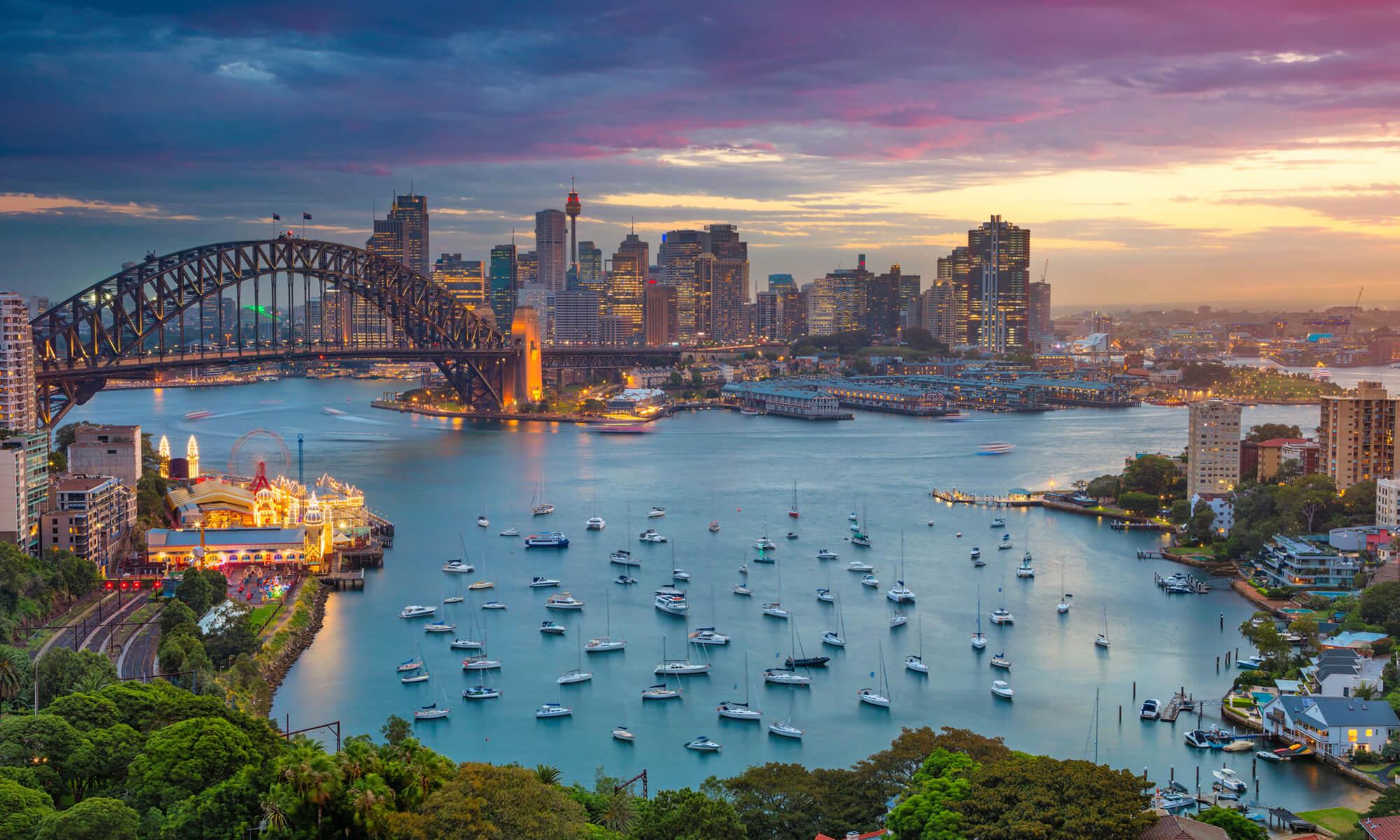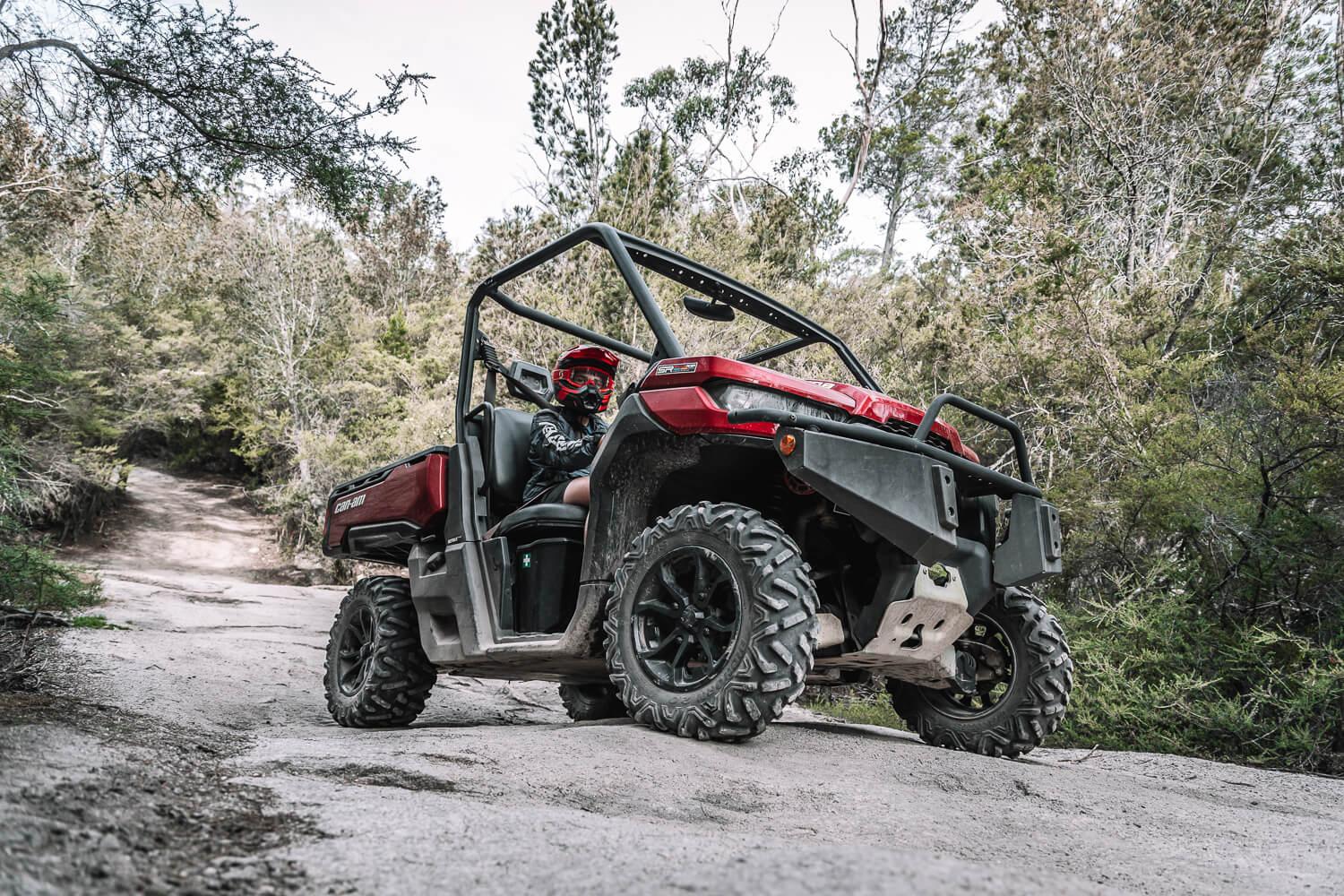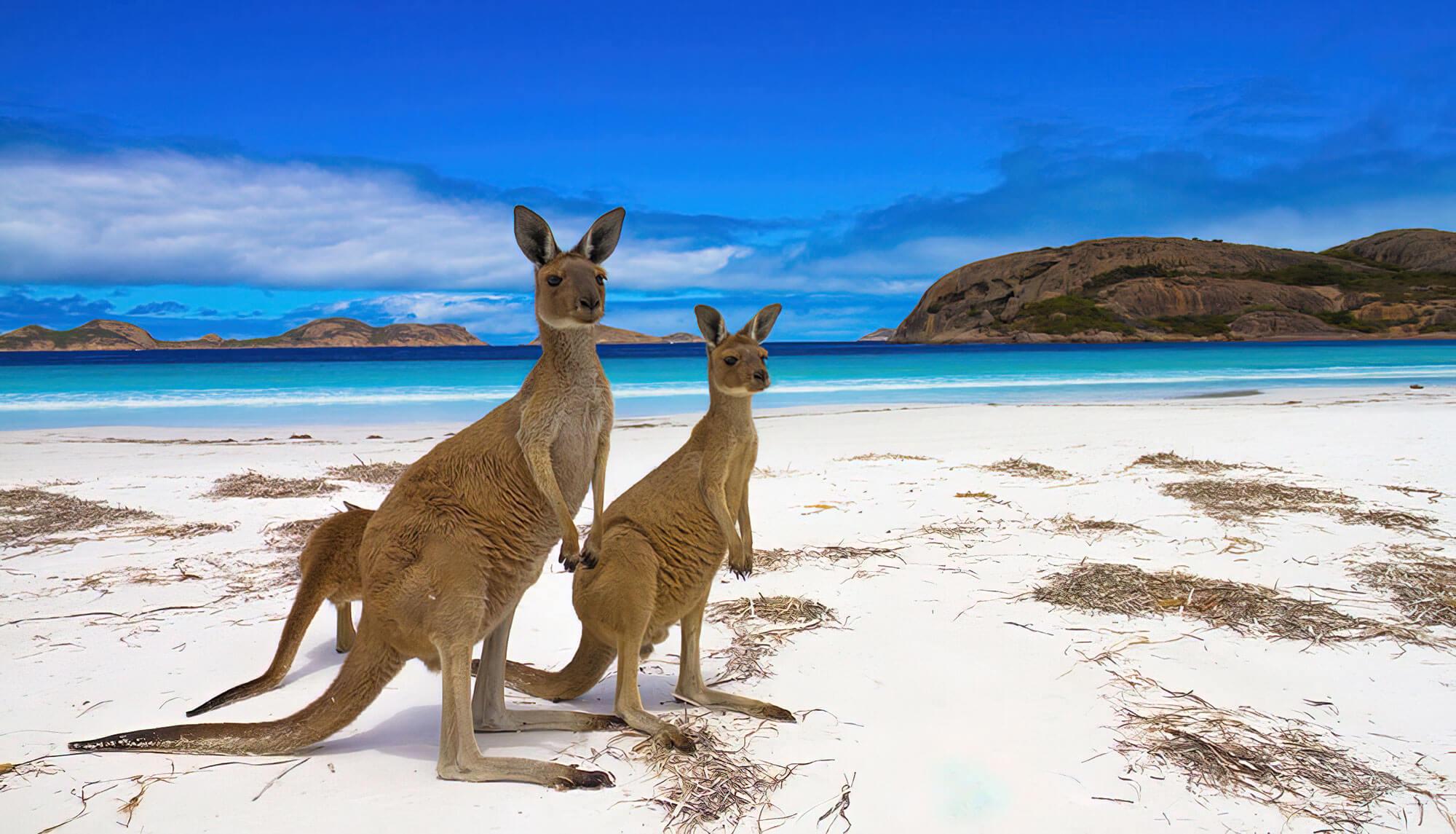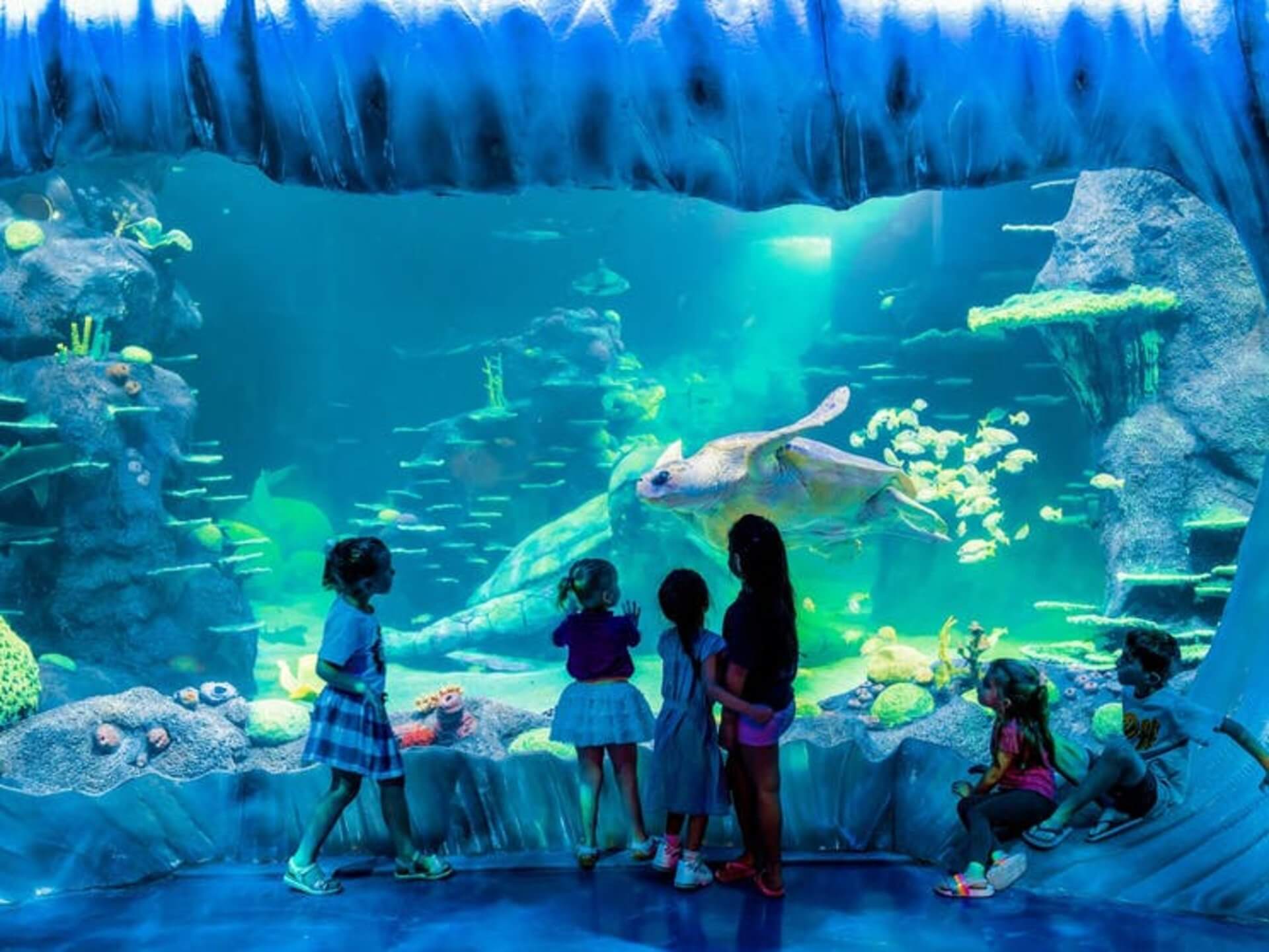Australia is a huge landmass surrounded by oceans. With an area of 7 686 850 square kilometres, including the area of its islands, it is the world's sixth-largest country. And, as many people are aware, the majority of the population lives in coastal cities. As an aside, the Confederation of Australia is still a constitutional monarchy with a parliamentary system of government, with Queen Elizabeth II currently serving as the head of the Australian state and using the formal title of Queen of Australia.
If you decide that this part of the world is your next family destination, this is the ideal travel guide for you.
Although Cairns is a small city, it receives approximately two million tourists per year and is a popular destination for foreigners due to its tropical climate and proximity to the Great Barrier Reef, which is less than an hour away by boat, the Daintree National Park, and the Cape of Tribulation, which is approximately 130 kilometres away. This is the recommended starting point for your family trip to Australia, as well as the starting point for trips to the Atherton Plateau, the Cape Peninsula, and Cooktown.

The Sydney Harbour This is one of Australia's most picturesque and serves as a true gateway to the country. The capital, which was created in 1788, is the most populous city. The Sydney Opera House, the city hall, the City Recital Hall, the Wharf Theatre, the Royal Theatre, the State Theatre, and the Sydney Theatre are some of the locations you should not miss in this cosmopolitan city with a vibrant nightlife in Newtown and Annandale.
Aside from these cultural trips, visiting the aquarium and watching the sunset over the Bay Bridge comes highly recommended.
The Gold Coast is a city in and of itself and perfect for family visits, as well as the environs of stunning beaches and massive waves excellent for surfing on the Pacific Ocean. While surfers will know much more about this, however, they claim that Snapper Rocks Superbank, near Coolangatta, has had some of the world's largest waves. Burleigh Heads, Currumbin, Mermaid Beach, Palm Beach, Broadbeach and Nobby Beach are also options. The Sunshine Coast is recommended for clean waves and not being congested in Maroochydore, Coolum Beach, Caloundra, Noosa Heads and Mooloolaba, where the trees reach the beach's coastlines.

The name Magnetic Island derives from when James Cook noted in 1770 that his ship's compass was changing as he approached, due to what he terms a "magnetic effect," as the origin of the incident was examined but no explanation was found. This ‘magnetic effect' is thought to be caused by its 23 beaches and 300 sunny days per year; and who wouldn't be magnetized by koalas? To conserve these species, more than half of the island has been designated as a national park.
Another popular tourist destination for families is the huge ocean highway of Australia. The Great Ocean Route, which extends from Melbourne to Adelaide along Australia's south-east coast, encircles the sea and its massive monoliths. You will pass the cliffs of Cape Bridgewater in the lush woodland of the Otway National Park, witness whales in Warrnambool and stroll through waterfalls.

Tasmania is an Australian state that encompasses the entire island of Tasmania as well as some tiny nearby islands. Legends of inmates, lumberjacks, pioneers, miners, and, more recently, environmental activists abound in this region. A trip to Tasmania is one that everyone in the family will enjoy.
The gastronomy, unspoiled landscape, crisp clean air, and some of the world's top wines available in small villages definitely stand out. The west coast of Tasmania is suitable for adventure trips along the Franklin River's rapids.

Australia is not only the world's smallest continent but also its most remote. Because the country's topography hasn't changed since the Tertiary period, the mainland has retained relic species of animals and flora. The country’s natural wonders are preserved in its many national parks, such as the national "Kakadu" park.
This park is Aboriginal sacred and contains a sacred rock with a well-preserved cave with some cave drawings that are estimated to be around 18,000 years old. The renowned lungfish, which can grow to be two meters long, lives in the rivers here. "Kakadu" park is known as croc-paradise, and a great variety of reptiles, ranging from extremely dangerous to harmless, are found here. The frogs, of which there are over twenty different species, are the park's pride and joy. Bullfrogs and marbled or Lyagushkovidnaya frogs are among them.

A final thought: There are science museums of applied arts, art galleries, and other museums in practically every country, but Australia provides something unique in this tourist sector. Visitors who want to learn more about the Tertiary fauna and flora can also visit the oldest Australian Museum, which is located in Sydney.
Then there's the Sydney Aquarium, which is a must-see for any family. The Sydney Aquarium features around 6000 aquatic species and fish that visitors can view through the glass. It is home to one of the world's largest shark collections. Some individuals can grow to be three meters or longer in length. The Sydney Aquarium opened in 1988 to commemorate Australia's Bicentennial.
If you want the latest information on the best Hotel Executive Club Lounges, Hotel Kids Clubs and other travel information, be sure to sign up for our free newsletter full of tips and great travel ideas.